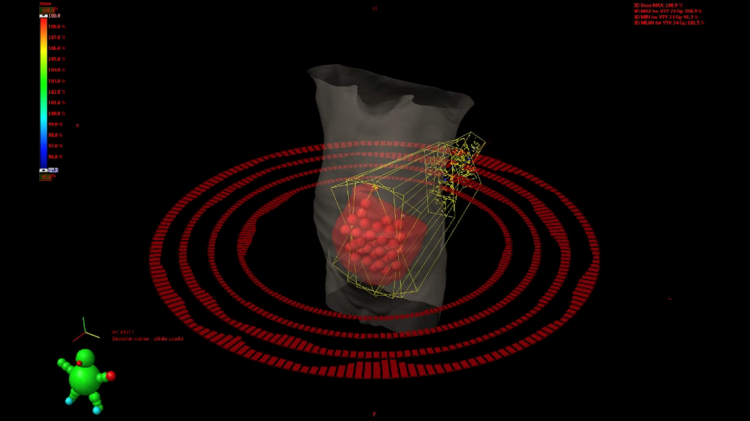Lung cancer is the most common and deadliest form of cancer worldwide, accounting for 20 per cent off all cancer deaths, while cervical cancer is the second most common and the second most deadly among women. Treatments include radiation therapy in which high-energy beams from X-ray or proton sources are directed at the tumour to kill the cancer cells but carries the risk of damaging surrounding healthy tissue.
Spatially-Fractionated Radiation Therapy (SFRT) delivers high doses of radiation without exceeding the tolerance of critical neighbouring structures, particularly the skin. This is achieved by limiting the volume of tissues being exposed to high doses of radiation. Early-phase clinical studies show excellent response rates, often resulting in the dramatic and rapid resolution of large tumours.
Technological advances continue to expand the use of SFRT into unique and more reproducible formats such as GRID and LATTICE therapy and more recently SBRT PATHY techniques. Radiobiological experiments support the role of radiation-induced bystander effects, vascular alterations, and immunologic interactions. The data available to date, indicate an increased efficacy of SFRT particularly for large, bulky tumours.
To apply the benefits of SFRT at wider population levels, it is necessary to maximize implementation of this technique in countries or regions where advanced, bulky tumours are a common oncology problem, due to lack of access or availability. In the context of cervical and lung cancer this may result in a more cost-effective use of resources, and better access to treatment for the population.
In this CRP, we propose to: Use SFRT to stimulate an immunogenic response to palliative radiotherapy, which delays progression of disease at any site in patients with locally advanced and metastatic non small cell lung cancer (NSCLC) and cervical carcinoma.



